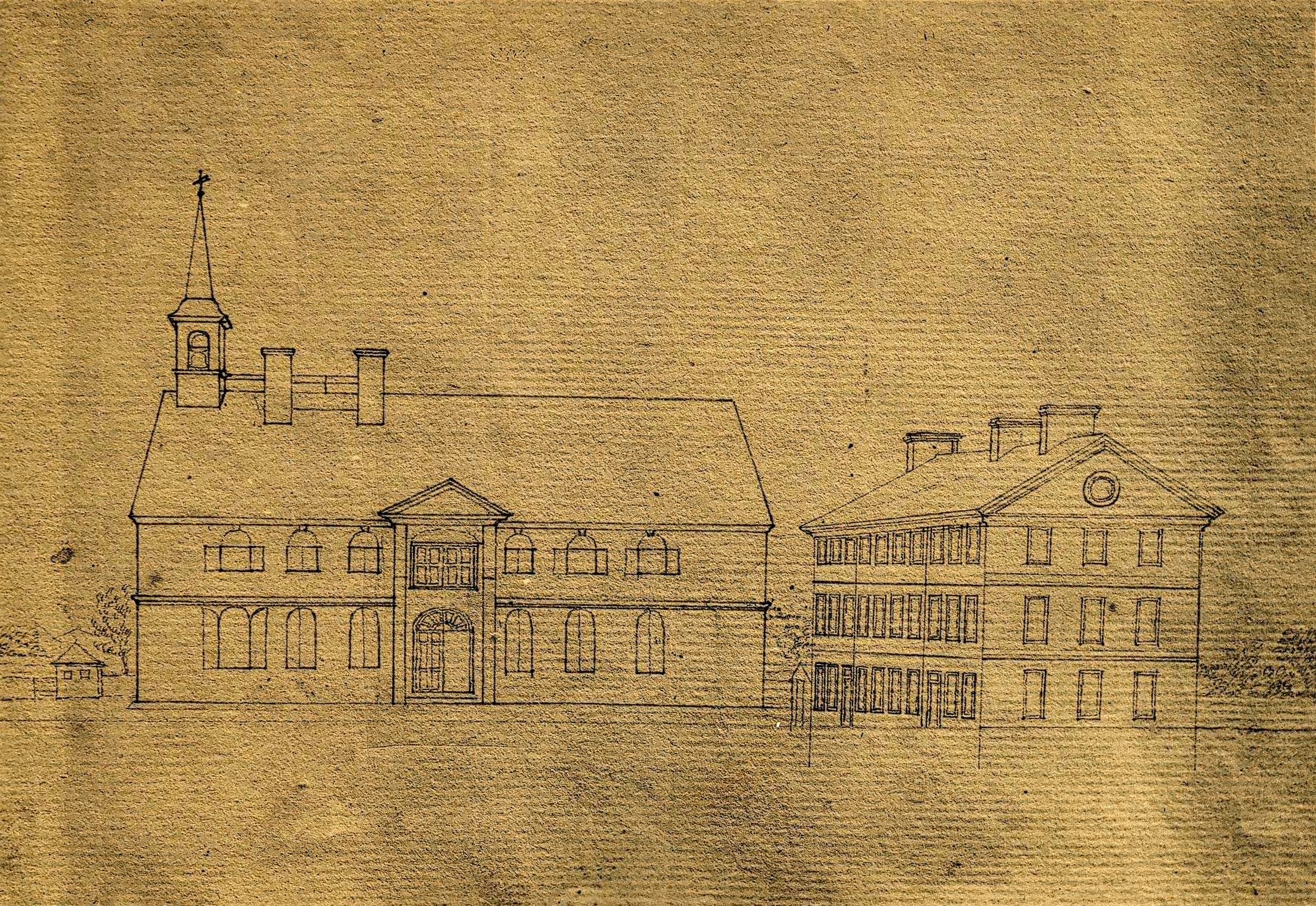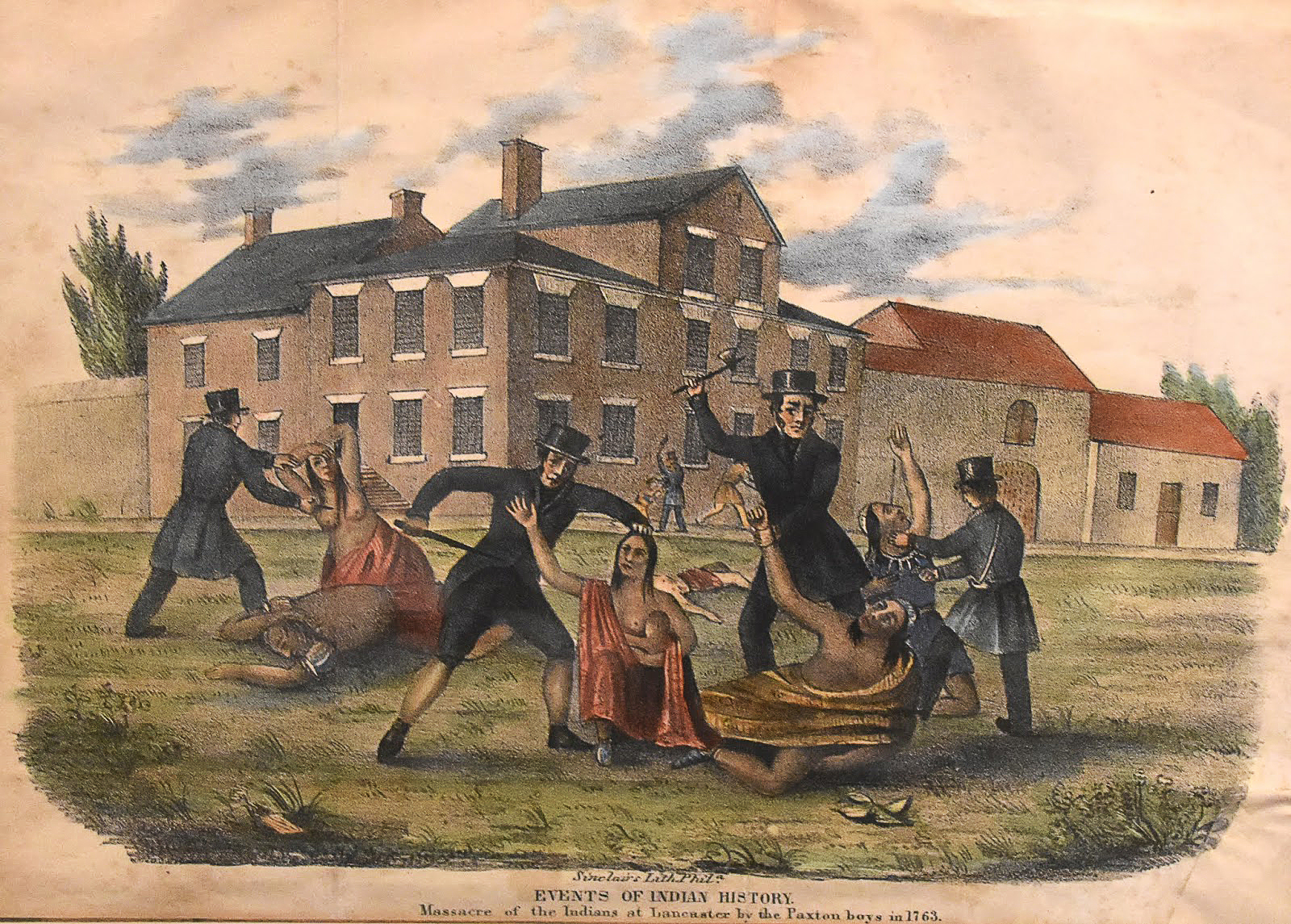|
Andrew Gregg
Andrew Gregg (June 10, 1755May 20, 1835) was an American politician. A Democratic-Republican, he served as a United States Senator for Pennsylvania from 1807 until 1813. Prior to that, he served as a U.S. Representative from 1791 until 1807. From June to December 1809, he served briefly as President pro tempore of the United States Senate. Gregg was born on June 10, 1755, in Carlisle in the Province of Pennsylvania. His father was Andrew Gregg (1710–1789), and his mother was Jane Scott (1725–1783). He married Martha Potter the daughter of Major General James Potter who was a vice president of the state of Pennsylvania. The couple had 11 children. His son, Andrew Gregg, Jr., built the Andrew Gregg Homestead about 1825. His father, also named Andrew Gregg, was a member of the Paxton Boys. He served as a United States Congressman from Pennsylvania from 1791 until 1813: first, in the United States House of Representatives from October 24, 1791, until March 4, 1807, and then in ... [...More Info...] [...Related Items...] OR: [Wikipedia] [Google] [Baidu] |
President Pro Tempore Of The United States Senate
The president pro tempore of the United States Senate (often shortened to president pro tem) is the second-highest-ranking official of the United States Senate, after the Vice President of the United States, vice president. According to Article One of the United States Constitution, Article One, Section Three of the United States Constitution, the vice president of the United States is the Presiding Officer of the United States Senate, president of the Senate (despite not being a senator), and the Senate must choose a president ''pro tempore'' to act in the vice president's absence. The president pro tempore is elected by the Senate as a whole, usually by a resolution which is adopted by unanimous consent without a formal vote. The Constitution does not specify who can serve in this position, but the Senate has always elected one of its current members. Unlike the vice president, the president pro tempore cannot cast a tie-breaking vote when the Senate is equally divided. The p ... [...More Info...] [...Related Items...] OR: [Wikipedia] [Google] [Baidu] |
Democratic-Republican Party
The Democratic-Republican Party, known at the time as the Republican Party and also referred to as the Jeffersonian Republican Party among other names, was an American political party founded by Thomas Jefferson and James Madison in the early 1790s that championed republicanism, agrarianism, political equality, and expansionism. The party became increasingly dominant after the 1800 elections as the opposing Federalist Party collapsed. The Democratic-Republicans splintered during the 1824 presidential election. The majority faction of the Democratic-Republicans eventually coalesced into the modern Democratic Party, while the minority faction ultimately formed the core of what became the Whig Party. The Democratic-Republican Party originated as a faction in Congress that opposed the centralizing policies of Alexander Hamilton, who served as Secretary of the Treasury under President George Washington. The Democratic-Republicans and the opposing Federalist Party each became mo ... [...More Info...] [...Related Items...] OR: [Wikipedia] [Google] [Baidu] |
James Xavier McLanahan
James Xavier McLanahan (May 17, 1809December 16, 1861) was a Democratic member of the U.S. House of Representatives for Pennsylvania's 16th congressional district from 1849 to 1853. Early life and education McLanahan was born near Greencastle, Pennsylvania to William and Mary (Gregg) McLanahan. He was the grandson of Pennsylvania Senator Andrew Gregg and second cousin to Pennsylvania Governor Andrew Gregg Curtin. He graduated from Dickinson College in Carlisle, Pennsylvania, in 1827. He studied law under George Chambers who went on to become a Congressman and Pennsylvania Supreme Court justice. He was admitted to the bar in 1837 and commenced practice in Chambersburg, Pennsylvania. Career He served as a member of the Pennsylvania State Senate for the 14th district from 1841 to 1842 and for the 18th district from 1843 to 1844. McLanahan was elected as a Democrat to the Thirty-first and Thirty-second Congresses. He was the chairman of the United States House Committee on ... [...More Info...] [...Related Items...] OR: [Wikipedia] [Google] [Baidu] |
Andrew Gregg Curtin
Andrew Gregg Curtin (April 22, 1815/1817October 7, 1894) was a U.S. lawyer and politician. He served as the Governor of Pennsylvania during the Civil War, helped defend his state during the Gettysburg Campaign, and led organization of the creation of the National Cemetery and the ceremony that included Abraham Lincoln's Gettysburg Address. Early life Curtin was born in Bellefonte, Pennsylvania. Sources vary as to his birth date. Some list April 22, 1815; others list April 22, 1817. Curtin's gravestone uses the 1815 date. His parents were Roland Curtin Sr., a wealthy Irish-born iron manufacturer from County Clare, and Jane (née Gregg) Curtin, the daughter of U.S. Senator Andrew Gregg. His father, with Miles Boggs, established the Eagle Ironworks at Curtin Village in 1810. Curtin's family was prominent in Pennsylvania politics and in the Civil War. He was the great-grandson of James Potter, the vice-president of Pennsylvania, and was the grandson of Andrew Gregg, also a promin ... [...More Info...] [...Related Items...] OR: [Wikipedia] [Google] [Baidu] |
College Of Philadelphia
The Academy and College of Philadelphia (1749-1791) was a boys' school and men's college in Philadelphia, Colony of Pennsylvania. Founded in 1749 by a group of local notables that included Benjamin Franklin, the Academy of Philadelphia began as a private secondary school, occupying a former religious school building at the southwest corner of 4th and Arch Streets. The academy taught reading, writing, and arithmetic to both paying and charity students. The College of Philadelphia was founded in 1755, when the academy's charter was amended to allow the granting of advanced academic degrees. The Medical School of the College of Philadelphia, founded in 1765, was the first medical school in North America. The College of Philadelphia merged with the University of the State of Pennsylvania in 1791, to form the University of Pennsylvania. History Franklin, the first president of the board of trustees, drew up the constitution for the academy, which was notable for its emphasis on modern ... [...More Info...] [...Related Items...] OR: [Wikipedia] [Google] [Baidu] |
American Revolution
The American Revolution was an ideological and political revolution that occurred in British America between 1765 and 1791. The Americans in the Thirteen Colonies formed independent states that defeated the British in the American Revolutionary War (1775–1783), gaining independence from the British Crown and establishing the United States of America as the first nation-state founded on Enlightenment principles of liberal democracy. American colonists objected to being taxed by the Parliament of Great Britain, a body in which they had no direct representation. Before the 1760s, Britain's American colonies had enjoyed a high level of autonomy in their internal affairs, which were locally governed by colonial legislatures. During the 1760s, however, the British Parliament passed a number of acts that were intended to bring the American colonies under more direct rule from the British metropole and increasingly intertwine the economies of the colonies with those of Brit ... [...More Info...] [...Related Items...] OR: [Wikipedia] [Google] [Baidu] |
Militia
A militia () is generally an army or some other fighting organization of non-professional soldiers, citizens of a country, or subjects of a state, who may perform military service during a time of need, as opposed to a professional force of regular, full-time military personnel; or, historically, to members of a warrior-nobility class (e.g. knights or samurai). Generally unable to hold ground against regular forces, militias commonly support regular troops by skirmishing, holding fortifications, or conducting irregular warfare, instead of undertaking offensive campaigns by themselves. Local civilian laws often limit militias to serve only in their home region, and to serve only for a limited time; this further reduces their use in long military campaigns. Beginning in the late 20th century, some militias (in particular officially recognized and sanctioned militias of a government) act as professional forces, while still being "part-time" or "on-call" organizations. For instan ... [...More Info...] [...Related Items...] OR: [Wikipedia] [Google] [Baidu] |
Governor Of Pennsylvania
A governor is an administrative leader and head of a polity or political region, ranking under the head of state and in some cases, such as governors-general, as the head of state's official representative. Depending on the type of political region or polity, a ''governor'' may be either appointed or elected, and the governor's powers can vary significantly, depending on the public laws in place locally. The adjective pertaining to a governor is gubernatorial, from the Latin root ''gubernare''. Ancient empires Pre-Roman empires Though the legal and administrative framework of provinces, each administrated by a governor, was created by the Romans, the term ''governor'' has been a convenient term for historians to describe similar systems in antiquity. Indeed, many regions of the pre-Roman antiquity were ultimately replaced by Roman 'standardized' provincial governments after their conquest by Rome. Plato used the metaphor of turning the Ship of State with a rudder; the Latin ... [...More Info...] [...Related Items...] OR: [Wikipedia] [Google] [Baidu] |
United States Congress
The United States Congress is the legislature of the federal government of the United States. It is bicameral, composed of a lower body, the House of Representatives, and an upper body, the Senate. It meets in the U.S. Capitol in Washington, D.C. Senators and representatives are chosen through direct election, though vacancies in the Senate may be filled by a governor's appointment. Congress has 535 voting members: 100 senators and 435 representatives. The U.S. vice president has a vote in the Senate only when senators are evenly divided. The House of Representatives has six non-voting members. The sitting of a Congress is for a two-year term, at present, beginning every other January. Elections are held every even-numbered year on Election Day. The members of the House of Representatives are elected for the two-year term of a Congress. The Reapportionment Act of 1929 establishes that there be 435 representatives and the Uniform Congressional Redistricting Act requires ... [...More Info...] [...Related Items...] OR: [Wikipedia] [Google] [Baidu] |
Paxton Boys
The Paxton Boys were Pennsylvania's most aggressive colonists according to historian Kevin Kenny. While not many specifics are known about the individuals in the group their overall profile is clear. Paxton Boys Lived in hill country northwest of Lancaster County and across the Susquehanna River in Cumberland County. Due to their westward position, they were considered the frontier at the time and consistently targeted during Indian wars and conflicts. Due to the lack of support from the local Provincial Government, The Paxton boys formed a vigilante group in 1763 to defend themselves during the French and Indian War and Pontiac's War. Using their Presbyterianism faith, Paxton Boy's leadership declared that Native Americans were “Cainites”(A biblical representation of evil) and believed that they needed to be destroyed. The Paxton Boys did not limit their hate to Native Tribes but also “Whites, Quakers, and German Moravians, when they believed that these groups too jeopardize ... [...More Info...] [...Related Items...] OR: [Wikipedia] [Google] [Baidu] |
Andrew Gregg Homestead
Andrew Gregg Homestead, also known as the Bernard P. Taylor Residence, is a historic home located at Potter Township, Centre County, Pennsylvania. It was built about 1825, and is a two-story, "L"-shaped, limestone dwelling with a gable roof. At the rear is a one-story frame summer kitchen with a loft and dining room. The interior has a traditional Georgian center hall plan. The house was built by Andrew Gregg, Jr., son of Congressman Andrew Gregg (1755–1835). ''Note:'' This includes It was added to the National Register of Historic Places The National Register of Historic Places (NRHP) is the United States federal government's official list of districts, sites, buildings, structures and objects deemed worthy of preservation for their historical significance or "great artistic v ... in 1977. References {{DEFAULTSORT:Gregg, Andrew, Homestead Houses on the National Register of Historic Places in Pennsylvania Houses completed in 1825 Houses in Centre County, Penns ... [...More Info...] [...Related Items...] OR: [Wikipedia] [Google] [Baidu] |




